Body Systems
Essential oils work primarily on the Lymphatic and Central Nervous Systems, however they are beneficial for all of your body's systems; they can be applied on to your skin with massage or local application, or absorbed via the lungs by being vaporized in the air.
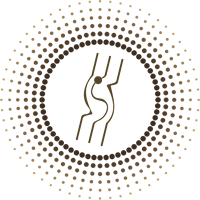
The nervous system is an extensive network of cells specialized to conduct information in the form of impulses that controls, regulates and co-ordinates all functions of the body.
The nervous system includes the brain and spinal cord (together known as the central nervous system); the cranial nerves, which connect the brain to the head; and the peripheral nerves, which run from the spinal cord to all other parts of the body. The peripheral nerves are named after the four parts of the spine from which they branch: the cervical (neck), thoracic (chest), lumbar (lower back), and sacral (pelvis) areas.

The lymphatic system consists of lymph glands, or nodes that are found throughout your body, the small vessels called lymphatics that link them, and the spleen.
The structures of the lymphatic system are the spleen, thymus, appendix, tonsils, lymph nodes, lymph vessels and lymph fluid.
The lymph glands produce the lymphocytes, a type of white blood cell. Lymphocytes recognize foreign cells, infectious agents, and other foreign substances, and participate in your body’s immune reaction against them. The glands also act as barriers to the spread of infection through the lymphatics, because they trap infectious agents. This is why the lymph glands often become swollen when you have an infection.
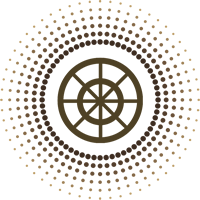
Your blood is your body’s transport system. Its main function is to carry both nutrients and oxygen, which provide raw materials and energy to the tissues of your body. The blood also carries waste away from the tissues and helps maintain body temperature, and the acid-base balance of the body. To do these things, your blood must circulate continuously.
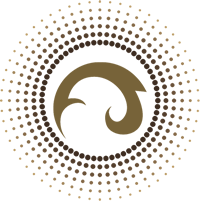
You breathe to supply your body with oxygen and to get rid of carbon dioxide, a waste product of energy production. The lungs are the centre of the respiratory system. In your lungs, the oxygen in the air you breathe is exchanged for carbon dioxide in the blood. The channel that the air follows in and out of your lungs is called the respiratory tract. It includes the nose, throat, and trachea, or windpipe. Deep in the chest the trachea divides into two main tubes, which are called the bronchi, each one goes into one lung, where it divides into increasingly smaller air passages called bronchioles. At the tip of each bronchiole there is a balloon-like cavity called an alveolus. There are about 300 million of these alveoli in each lung. The vital exchange of oxygen for carbon dioxide occurs through minute blood vessels in the thin walls of the alveoli.
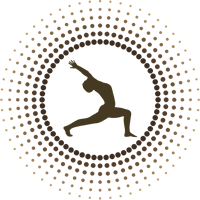
The bones and muscles give shape and form to the body. Their movement and strength varies with each individual and their age, determining physical ability throughout their lives. It is important to maintain the good health of the bones and muscles, especially as we grow older.
The adult skeleton consists of 206 bones, which are made of living tissue that is rich in blood and nerves. Bones are living things that grow and repair themselves. The body has 602 muscles which account for half an adult’s bodyweight; their primary function is to move the skeleton.
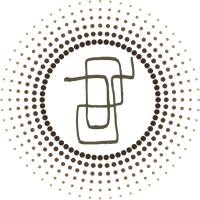
A good digestive system is a key factor in maintaining health and well-being. If the digestive system is weak or upset, we can feel tired, irritable, and unable to concentrate and sleep. If elimination through the bowel is upset, essential food nutrients can be lost, for example in cases of duodenal ulcers and chronic diarrhea. Constipation can give rise to many other complaints, such as low immunity and headaches, due to toxins not being evacuated.

